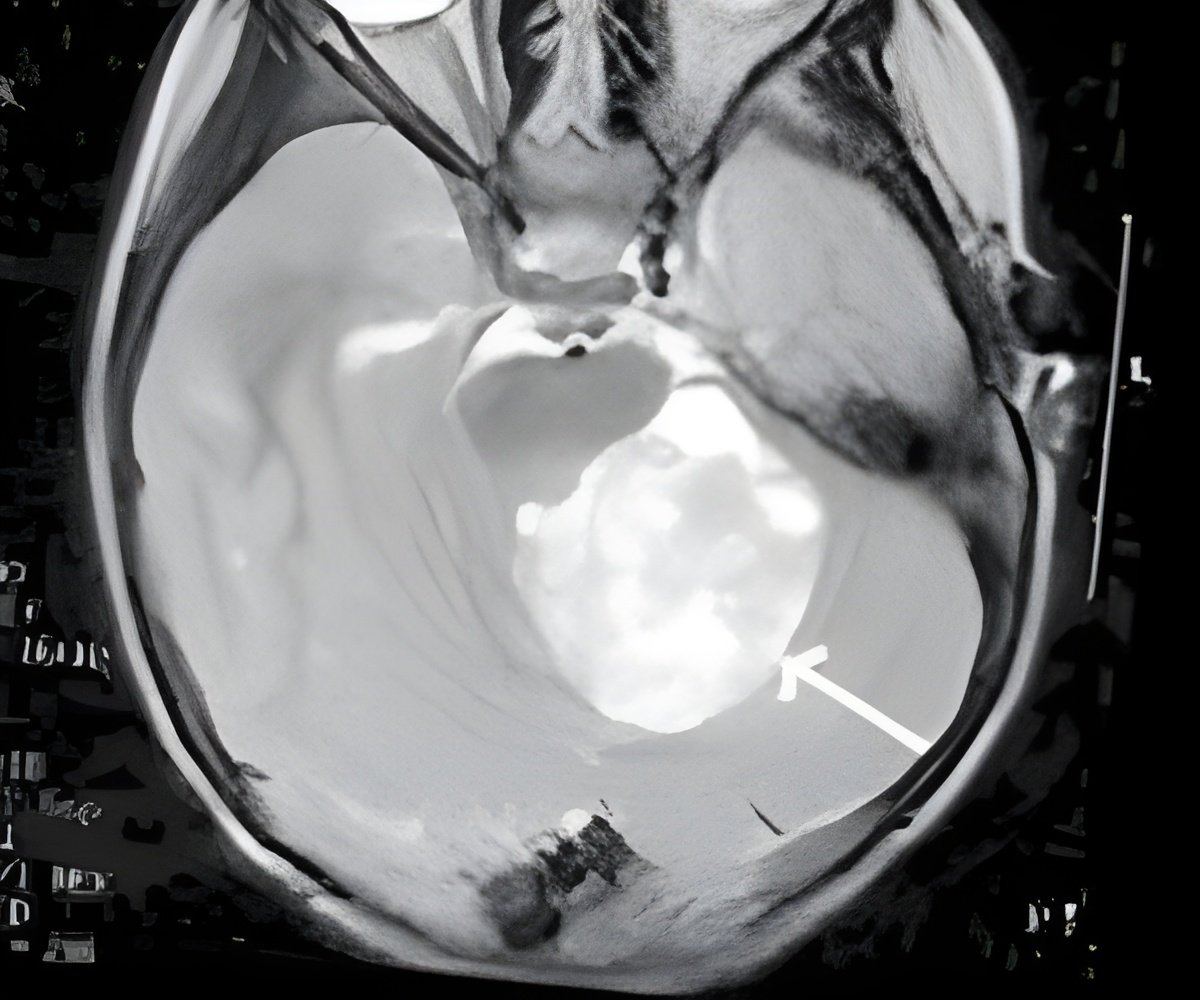
The paper, published early online by the journal Clinical Cancer Research, shows that people who have a subtype of GBM that expresses a particular protein, known for short as CNP, may have a less aggressive subtype of cancer. The survival rate for those with the subtype is sometimes measured in years, not months.
The group isolated tumor lines from five human patients and grew them in the lab, and then looked for biomarkers specific to each line. They later transplanted the tissue into the brains of mice with compromised immune systems.
The researchers also looked for the CNP subtype in samples from 115 human patients and then looked at data on survival rates for those patients. They found that some patients with the protein lived much longer, as long as 10 years after diagnosis.
"We found that this protein was correlated with a less invasive type of cancer in mice, and when we looked at samples of human tumors, remarkably, we also found that the less invasive tumors expressed the CNP protein,'' says Kuo, assistant professor of neurological surgery and human oncology at UW School of Medicine and Public Health.
Kuo says the sub-typing could lead to more accurate prognosis for patients with a GBM diagnosis. Currently, most sub-typing of GBM tumors is based on mRNA, which can be difficult to do. But Kuo says that most hospitals can run assays for proteins, making the test simpler and easier.
Advertisement
"As we understand how tumors are differentiated, we can start devising personalized therapies that are targeted to the specific sub-type of cancer,'' he says. "This can help us gain leverage against this difficult cancer."
Advertisement
Source-Eurekalert















